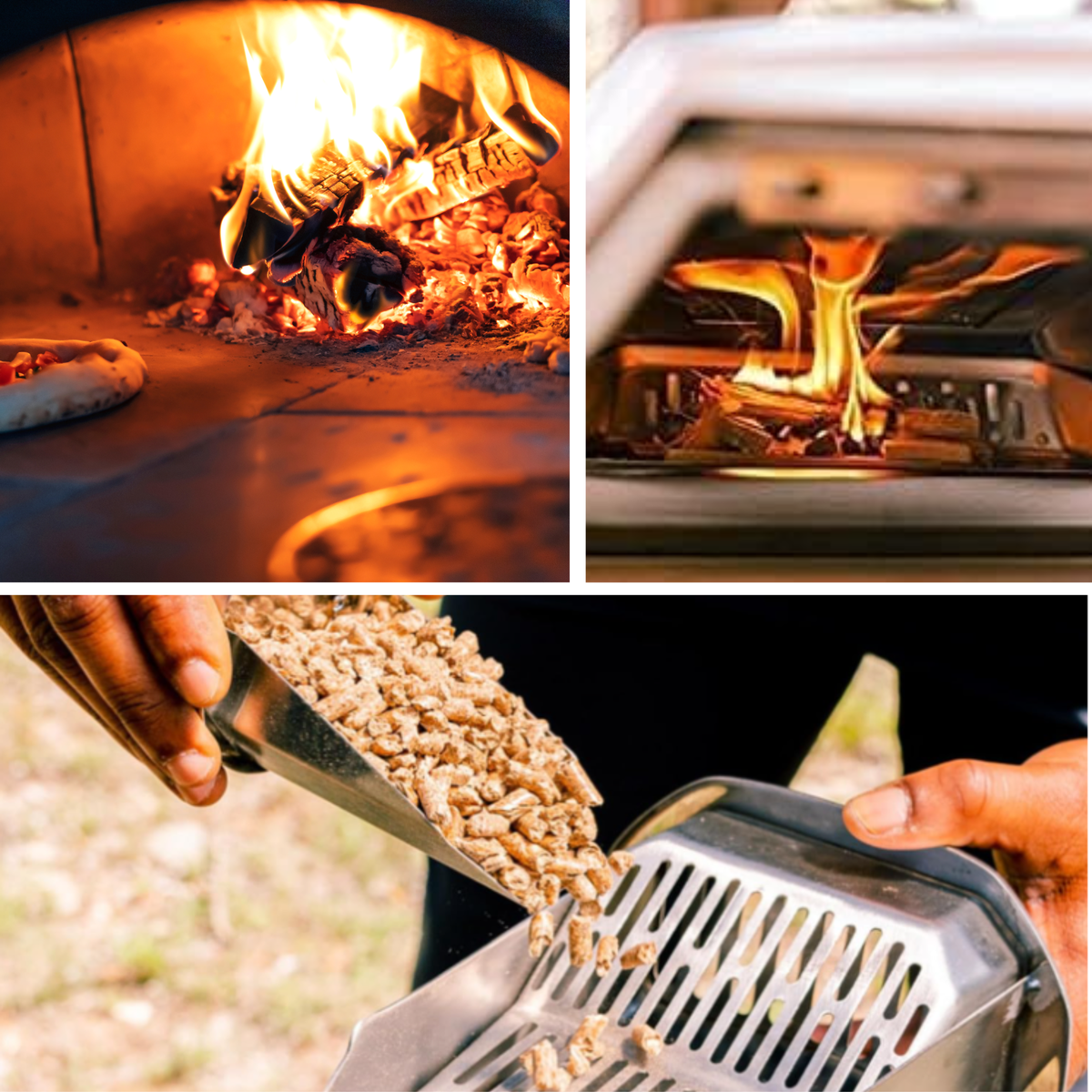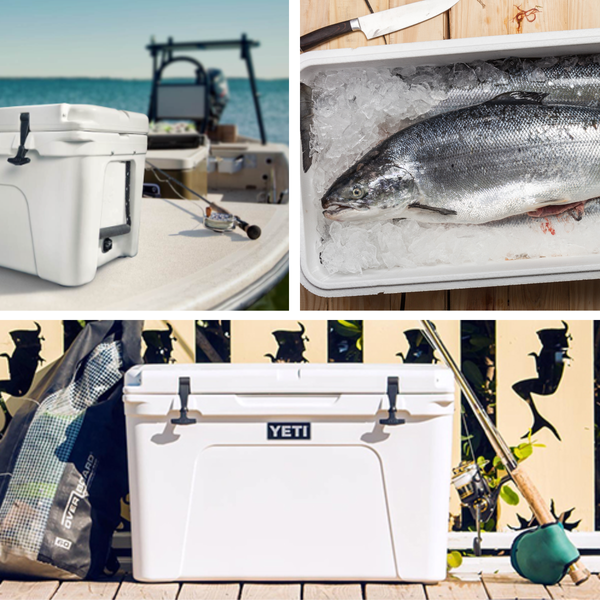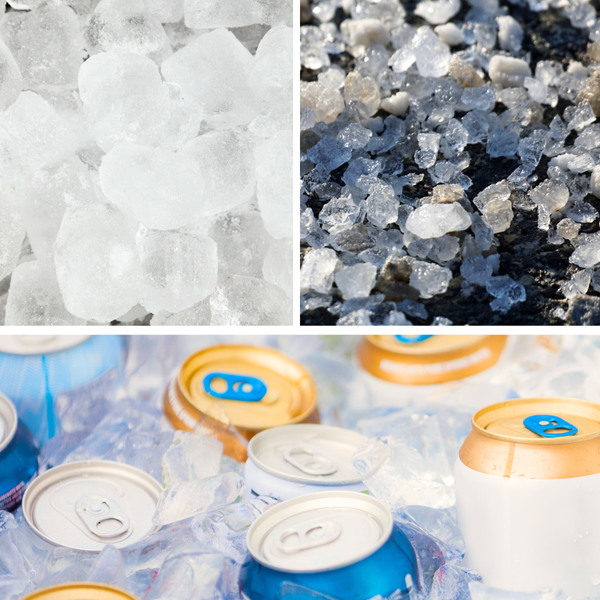Key Takeaways:
- The type of wood used in a pizza oven can significantly affect the flavor, cooking time, and overall quality of the pizza.
- Hardwoods like oak and maple are generally preferred for their high heat output and consistent burning.
- Using the wrong wood, such as treated or overly moist wood, can lead to health hazards and poor cooking results.
The Importance of Choosing the Right Wood
When it comes to wood fired pizza ovens, not all wood is created equal. The choice of wood can have a profound impact on the cooking process and the final taste of your pizza. Wood fired chefs know that the best wood for pizza is one that burns cleanly, produces high heat, and adds a desirable flavor to the food. But does it matter what wood you use in a pizza oven? Absolutely.
Hardwoods, such as oak and maple, are often the go-to for wood fired ovens due to their density and low moisture content. These characteristics allow the wood to burn hotter and longer, which is essential for achieving the very hot oven temperatures needed for the perfect pizza crust. Moreover, the type of hardwood can impart a slightly sweet or smoky flavor to the pizza, enhancing the overall dining experience.
The Science of Wood Combustion
Understanding wood combustion is key to selecting the right wood for your pizza oven. When wood burns, it goes through a process of releasing energy in the form of heat. Dense wood, like oak, has more mass to combust, which translates to more heat and a longer burn time. This is why seasoned wood, which has been dried to reduce its moisture content, is ideal for wood burning ovens.
Conversely, damp wood or totally green wood can lead to a smoky oven and an unpleasant taste. The moisture in the wood causes it to burn at a lower temperature, which can also affect the oven's heat retention. This is particularly important in brick ovens, which hold heat well and are prized for their ability to cook pizza evenly.
Hardwoods vs. Softwoods
When selecting wood for a pizza oven, hardwoods are generally preferred over softwoods. Hardwoods, such as oak, hickory, and maple wood, are denser and provide a high heat necessary for a very hot oven. They also tend to burn longer and more consistently, which is crucial for maintaining the oven temperature required for wood fired cooking flavor.
Softwoods, on the other hand, tend to burn faster and with less heat, which can be insufficient for cooking pizza properly. Additionally, softwoods often contain more sap, which can produce soot and lead to a dirty oven and potentially hazardous chemicals in your food.
The Flavor Profile of Different Woods
The wood you choose can also contribute to the aromatic effect wood has on not just your food, but the ambiance of your cooking environment. Woods like apple wood and cherry wood, which come from several fruit-bearing trees, can impart a fruity flavor to your pizza, making them ideal for cooking fruits or even cooking fish with a subtle, sweet smokiness.
Hickory wood is known for its strong, smoky flavor, which can be great for adding a bold taste to meats. However, it might be overpowering for a classic pizza. On the other hand, woods like maple, with its association with maple syrup, can provide a mild flavor that complements the pizza's flavor without dominating it.
The Dangers of Using the Wrong Wood
Using the wrong wood in your wood burning pizza oven can be more than just a culinary misstep; it can pose real health risks. Treated wood, painted woods, or laminated woods can release hazardous chemicals when burned, which can contaminate your food and be harmful to inhale. It's crucial to use only approved wood choices that are safe for cooking.
Additionally, overly dry wood or wood pellets can burn too quickly, making it difficult to control the oven temperature. This can result in an unevenly cooked pizza or even a burnt crust. Conversely, wood that is too damp can lead to a pizza oven smoking excessively, which can taint the flavor of your pizza and create an unpleasant cooking environment.
Optimal Wood Size for Wood Fired Ovens
When it comes to fueling your wood fired pizza oven, the size of the wood matters just as much as the wood type. Smaller pieces of oak wood or other hardwoods ignite faster and are perfect for getting the fire started. They also help in rapidly heating up the oven. On the other hand, larger logs are excellent for maintaining the fire once your wood burning oven has reached the desired temperature. The key is to have a mix of sizes to ensure a steady burn and consistent oven temperature, which is crucial for cooking pizzas to perfection.
Using the right size of cooking wood also influences the oven's heat retention. Brick ovens hold heat well, and adding too large pieces of wood can cause the temperature to spike uncontrollably. Conversely, if the wood is too small, it may burn out too quickly, leading to heat fluctuations. A balanced approach with a variety of wood sizes can help maintain an even temperature, allowing for a consistent cooking environment that's ideal for not just pizzas but also for dishes that require a cast iron skillet or other cookware.
Cooking Beyond Pizza in Your Wood Fired Oven
While wood fired pizza ovens are synonymous with cooking pizzas, their versatility extends far beyond. With the right wood type, you can explore a range of culinary delights. For instance, several fruit-bearing trees like apple or cherry can provide wood that infuses a subtle sweetness into meats and baked goods. Imagine roasting a chicken in a cast iron skillet with the essence of applewood enveloping it, or baking artisan bread that captures a hint of cherry wood's aroma.
Moreover, the best woods for cooking aren't limited to just enhancing pizza's flavor. A wood fired oven's heat retention capabilities make it ideal for slow-roasting vegetables or even smoking fish. The key is to understand how different woods can complement different foods. Oak wood, known for its neutral profile, is excellent for all the woods you might want to use, ensuring that the sap produces soot minimally, which can affect the taste and safety of your food. By experimenting with various hardwoods, you can turn your wood burning oven into a gourmet's playground.
How Much Wood Do You Need?
The amount of wood you'll need for your pizza oven depends on several factors, including the size of the oven, the desired oven temperature, and the type of wood you're using. A general rule of thumb is to start with enough wood to create a bed of coals across the oven floor, and then add wood as needed to maintain the temperature.
For a typical cooking session, you might start with a few kilos of dry hardwood, and then add smaller pieces of wood to keep the fire burning at the right intensity. It's always better to have more wood on hand than you think you'll need, as it's easier to let a fire die down than to ramp it back up if it's gone too low.
Seasoned Wood vs. Kiln Dried Hardwood
When it comes to wood fired ovens, the moisture content of the wood is a critical factor. Seasoned wood, which has been naturally dried over time, typically has a moisture content that is conducive to a clean, hot burn. Kiln dried hardwood, on the other hand, is wood that has been dried in a controlled environment to reduce its moisture content quickly.
Both seasoned wood and kiln dried hardwood are excellent choices for wood burning pizza ovens, as they burn hot and clean. The key is to ensure that the wood is not overly moist, as this can lead to excessive smoke and a lower cooking temperature.
The Role of Wood in Oven Heat Retention
The type of wood you use also affects the oven's heat retention. Dense woods like oak and maple burn hot and create a bed of coals that radiates heat evenly across the oven floor. This is particularly important in brick ovens and stainless ovens, which rely on retained heat to cook pizza evenly.
In contrast, less dense woods or those with high moisture content will not create the same level of coals, leading to less efficient heat retention and potentially undercooked pizza. The goal is to create a consistent, high heat that will cook the pizza quickly and evenly.
Choosing Flavored Wood for a Unique Taste
Flavored wood, such as wood from fruit trees like apple or cherry, can add a unique twist to your pizza's flavor profile. These woods tend to have a milder flavor than woods like hickory or mesquite, making them a good choice for those looking to experiment with wood fired cooking flavor without overwhelming the taste of the pizza.
When using flavored wood, it's important to consider the type of pizza you're cooking. A pizza with delicate toppings might benefit from the subtle fruity flavor of apple wood, while a pizza with robust toppings might be able to handle the stronger flavor of hickory wood.
Commercial Wood vs. Local Wood Sources
For those with access to local wood sources, using locally sourced wood for your pizza oven can be a sustainable and cost-effective option. Local woods are often fresher and haven't been transported long distances, which can affect their moisture content and burning properties.
Commercial wood, while convenient, can sometimes be treated or processed in ways that aren't ideal for cooking. It's important to verify that any commercial wood you use is suitable for cooking and hasn't been treated with any chemicals that could be harmful when burned.
Summary
In conclusion, the type of wood used in a pizza oven is a critical factor that affects not only the flavor of the pizza but also the efficiency and safety of the cooking process. Hardwoods like oak and maple are preferred for their high heat output and consistent burning, while the use of the wrong wood, such as treated or overly moist wood, can lead to health hazards and poor cooking results. By understanding the properties of different woods and how they interact with your pizza oven, you can ensure a delicious and safe wood fired cooking experience.
FAQ Section
Q: Can I use any wood in my pizza oven?
A: No, not all woods are suitable for cooking in a pizza oven. It's important to avoid treated, painted, or laminated woods, as they can release hazardous chemicals. Stick to seasoned or kiln dried hardwoods like oak, maple, or fruit woods for the best results.
Q: How do I know if the wood is dry enough to use in my pizza oven?
A: Dry wood should have a moisture content of less than 20%. You can use a moisture meter to test the wood, or look for signs like cracking and a hollow sound when two pieces are knocked together. Seasoned wood typically has a darker color and lighter weight compared to green wood.
Q: Does the size of the wood pieces matter when using a pizza oven?
A: Yes, the size of the wood pieces can affect how quickly they burn and how easy it is to control the oven temperature. Smaller pieces catch fire more easily and are good for getting the fire started, while larger pieces burn longer and are better for maintaining the temperature once the oven is hot.










